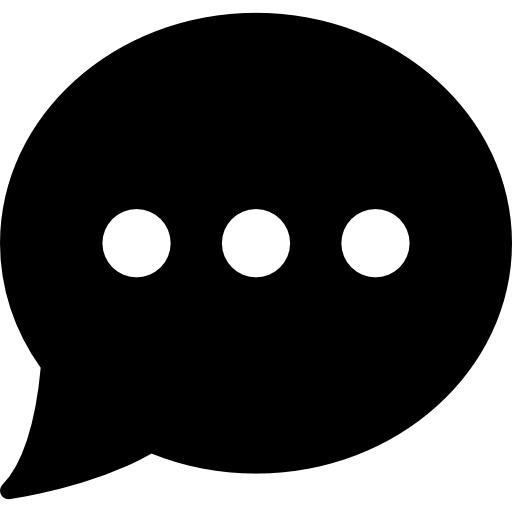Don’t ask for directions while at the Yale campu—you might be talking to a math major. “Go to the light, take a 90º degree turn to the right, go straight along the hypotenuse and the cube is on the right.”
Seriously, I wish I was kidding, but these were the directions I received to the “Yale Center for British Art (YCBA).” After a simple translation of this student’s doubletalk I turned right, went straight, and the museum was on the right. Different university, different language. That was to be the theme of my visit.
Not only does Yale have a regular museum with an extensively, sickeningly impressive collection, but it also has an entire building dedicated to art from our imperial friends, the British. I would be lying if the Art History major in me wasn’t slightly—or extraordinarily—jealous. The price was right; I put away my wallet and thought about how brilliant the word free is to a student.
I made the journey down to the Ivy League, to see an exhibit on the British “Pop” artist, Richard Hamilton. I started with virtually no knowledge beyond the name and two famous works. I left with more images in my head but feeling that the museum had failed to convey his importance and define the man. Just like an ending to a typical Saturday night on our campus, I left wanting more.
Regardless, Hamilton’s work fit neatly with my unintentional focus on artists who work with different print and photography technologies. These methods of melding media were consistent with the artists I previously reviewed, Chuck Close and Robert Rauschenberg. Hamilton paints over and with photographs. He started using digital innovations before they were available to the rest of us—he was granted access to the first digital cameras in the late 1980s. His work is classified by a constant toying, expanding and playing with an image. He uses a single photo, allows it to become part of his vocabulary, and expands upon it years later. To use a highly over-simplified analogy, he is a British Andy Warhol. Hamilton usurps daily imagery and paints upon them, changing how the viewer reacts to a normal photograph.
Yet, in my opinion, the work in this exhibit was hardly as dynamic or cohesive as say, Warhol. Instead it served a different purpose. Hamilton broke down images as though he were using Photoshop before they—whoever “they” may be—invented the program. For him, pop became a highly experimental form involving an intense mixing of media and distortion of images.
Among one of the few labels that accompanied the show was Hamilton’s personal views on the role of an artist.
“It seems to me that the artist, the intellectual, is not the alien that he were and his consumption of popular culture is due, in some measures, to his new role as the creator of popular culture,” he said.
The works tended to be grouped together under narrative themes despite distinct time periods. One of my favorite pairings was “The State” from 1994 and “The Citizen” from 1985. The former included a soldier standing on dirt road that winds behind him. This is almost an image out of a movie or a history textbook, but changing the purpose, Hamilton pastes a scene of a modern town on the camouflage-clad man. An obvious but necessary juxtaposition, “The Citizen” is this piece’s neighbor. Here, a longhaired man cloaked in towels stands in an anonymous background of swirling browns. Positioned virtually the same as the soldier, to me this man resembles Jesus. The titles of these pieces and their proximity forced question: could the names be reversed? Are these characters truly representative?
Another unified group that stood out consisted of five images based on circular rings: an architectural study of five tires; a stencil drawing of the ridges; a physical relief of the treads; a painting of the Guggenheim; and the ringed interior of an opera house in Milan. He managed to visually connect these thematically different images.
Hamilton’s works also displayed a sense of humor for art history buffs, as he was adapting everyday images he also altered famous art works. For example, he painted an entire canvas with a grid of red dots with a few black lines and titled it, “A Little Bit of Roy Liechtenstein for….” In many works, he played around with common Picasso iconography, showing the trained viewer that he understood how art was viewed.
Richard Hamilton was born in London in 1922. In the early 1950s, along with several leading artists, he founded the Independent Group at “the Institute of Contemporary Arts” in London. The group focused on and discussed the influence of the age of technology on modern culture. He has had retrospectives in London, New York, Munich and Tubingen. Still producing art, Hamilton is currently eighty-one and attended the show’s opening at the YCBA.
Despite the museum’s lack of labels, which lead to a pretty unorganized and choppy show, it provided a second exhibit on the floor below to contextualize Hamilton’s art. “Just What is it that Makes British Pop So Different, So Appealing?” was small but useful. I recommend seeing this one first.
The hit of envy struck again as I watched a Yale art history class discuss a J.M.W. Turner in front of it; they were studying the permanent collection. But the feeling quickly dissipated as I walked outside saw the Starbucks on the corner and the perfectly prim and proper campus. I prefer the Zilkha, I thought.



Leave a Reply